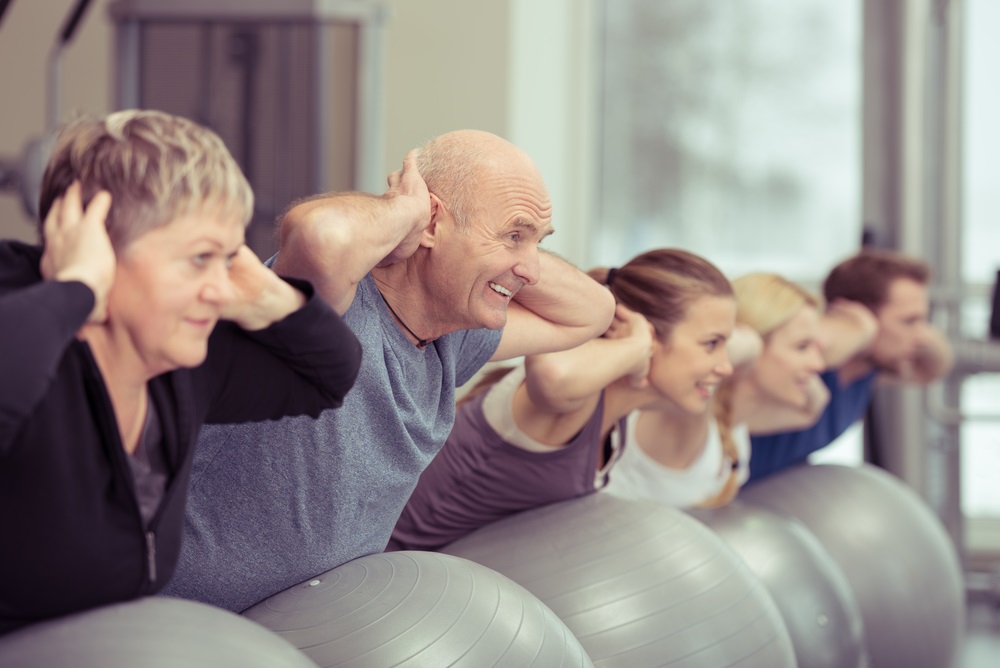What the MTHFR?
November 5, 2013Sleep Deep with acupressure
January 29, 2014High Intensity Interval Training for Weight Loss – Power Up!
 When I talk to people about their exercise habits, I get two basic themes over and over:
When I talk to people about their exercise habits, I get two basic themes over and over:
“Um,……..does getting up from my desk count as ‘activity’? or
“I’m at the gym for two hours a day, four days a week, doing weights and aerobics and my personal trainer is upping the intensity……but I haven’t lost any weight yet. Do you think I need to do more?”
For the Answer A – absolutely. Our body’s are built to move and bad things happen when we sit on our behinds all day. But that’s a topic for another post.
For Answer B – NOoooo. If you’ve been working out regularly, then High Five to you. Setting up a routine with exercise is not easy for lots of people. But if you’re working out for two hours and not losing weight, something’s not right.
So when I bring up the alternative of working out for 10-20 minutes, and that’s it, I often get a look of confusion, then a frown, then ‘For real?’
Let me explain how High Intensity Interval Training – or HIIT – can totally change the way you view exercise and power you up to shed those kilos in a healthy way.
HIIT involves short exercise sessions and involves alternating short, fast bursts of intensive exercise with slow, easy activity. It looks a bit like this:
1. Warm up for 3 minutes
2. Go flat out (this is key – hard and fast!) for 20 sec. Yep, just 20 seconds.
3. Go at an easy pace for 2 minutes.
4. Repeat Step 2 and 3 2-7 times more, depending on your level of fitness.
5. Give yourself a high five. You’re done.
‘For Real?” Yep. That’s it.
So if you’re looking to lose weight, HIIT may be the solution. In our time-poor society, one of the first barriers to any exercise program is a lack of time, but we are now seeing a dramatic rise in diseases caused by a sedentary lifestyle. HIIT has been shown, in a very short time frame, to significantly reduce subcutaneous fat and total body mass more effectively than moderate exercise (1-3), achieve greater aerobic fitness and show improvements in cardiometabolic risk factors (4) and insulin sensitivity (5).
How does it do this? The short bursts of high intensity effort are thought to create a metabolic demand that stimulates fat loss. The lower intensity intervals then let you recover and use the aerobic energy system. So while you burn calories during the exercise session, what HIIT also does is it powers up excess post-exercise oxygen consumption – giving you the ‘after-burn’ effect. This raises your metabolism for up to 38 hours after your actual work out (6) so you keep burning calories after you’ve stopped!
But more than that, HIIT induces the production of human growth hormone (HGH), which promotes fat burning, and in fact, research has shown that 10 minutes of HIIT induces HGH while low intensity exercise had very little effect (7).
So what does this look like in real terms? Researchers at an Australian University found people who cycled for 40 minutes at a steady pace lost an average of two pounds. A second group cycled just 20 minutes, but alternated between 8 second sprints and 12 seconds of slower riding. They lost an average of six pounds.
So for more bang for your buck, HIIT will fast-track your weight loss goals and see you fitter and healthier in time for summer. Tempted to give it a go? I’d love to know how you find it in the comments below.
1. Tremblay et al (1994) Impact of exercise intensity on body fatness and skeletal muscle metabolism Metabolism 43:814-8
2. Tjonna et al (2009) Aerobic interval training reduces cardiovascular risk factors more than a multi-treatment approach in overweight adolescents Clin Sci; 116: 317-2
3. Trapp et al (2008) The effects of high-intensity intermittent exercise training on fat loss and fasting insulin levels of young women Int J bes 32: 648-91
4. Kessler et al (2012) The potential for high-intensity interval training to reduce cardiometabolic disease risk Sports Med 42: 489-509
5. Babraj et al (2009) Extremely short duration high intensity interval training substantially improves insulin action in young healthy males BMC Endocr Disord.9:3–11.
6. Schuenke et al (2002) Effect of an acute period of resistance exercise on excess post-exercise oxygen consumption: implications for body mass management. Eur J Appl Physiol 86(5): 411-7
7. Felsing et al (1992) Effect of low and high intensity exercise on circulating growth hormone in men. J Clin Endo Metab 75 (1): 157-62


